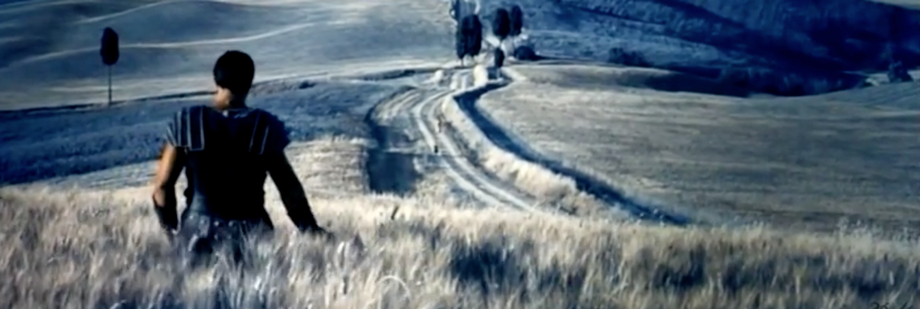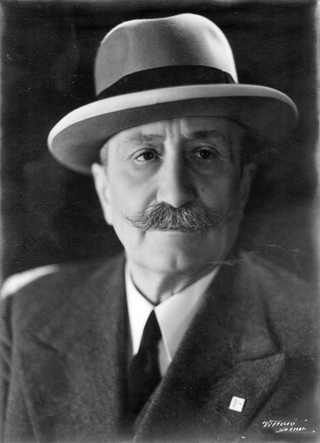6 June 2016
Authentic food news
- I had intended to do my own guide to homemade butter when I published the episode on Irish butter, but haven’t, yet. In the meantime, here’s a quick guide to quick homemade butter.
- To use that butter, you need to bake some bread. But forget about that bag of flour; obviously you need to mill some fresh. (I couldn’t access the original in the Wall Street Journal, so that’s the précis.)
- And if you’re going to mill some flour to bake some bread for that butter, you’re going to want to use newly fashionable ancient wheat. All you need to know about einkorn.
- A little bit of cheese for the royal slice of bread?
- OK, I really hadn’t intended to go all-in on bread and butter and cheese, but like London busses, these things sometimes hunt in packs. So what else have I got? How about some tarnished Golden Rice. I’ve honestly got nothing against specific GMOs, but sometimes failure to deliver really is a failure to deliver.
- In search of Ibn Battuta’s melon. No cheap jokes about how he came to lose it, please.
- Which came first, bananas, or banana flavour?

 Today’s show is something of a departure; I’m talking about someone who is crucial to global food security and yet who is almost unknown.
Today’s show is something of a departure; I’m talking about someone who is crucial to global food security and yet who is almost unknown. 
 The Butter Museum in Cork, Ireland, features on some lists of the world’s quirky etc. food museums but not others. It ought to be on all of them. This is a seriously interesting museum for anyone who likes butter, and in my book, that means just about everyone. (I refuse absolutely to say anything about the impact – if any – of butter on health, not least because there’s nothing certain one can say.) It sits next to the grand Butter Exchange, built when the Cork Butter Market sat like a colossus astride the global market. The Irish butter traded through Cork was done in by refrigeration, fell to the lowest level possible, and then emerged again after Ireland joined the European Union, by returning to the principles that made the Cork Butter Exchange great. The Butter Museum tells the whole story. This episode tells a bit of it.
The Butter Museum in Cork, Ireland, features on some lists of the world’s quirky etc. food museums but not others. It ought to be on all of them. This is a seriously interesting museum for anyone who likes butter, and in my book, that means just about everyone. (I refuse absolutely to say anything about the impact – if any – of butter on health, not least because there’s nothing certain one can say.) It sits next to the grand Butter Exchange, built when the Cork Butter Market sat like a colossus astride the global market. The Irish butter traded through Cork was done in by refrigeration, fell to the lowest level possible, and then emerged again after Ireland joined the European Union, by returning to the principles that made the Cork Butter Exchange great. The Butter Museum tells the whole story. This episode tells a bit of it.